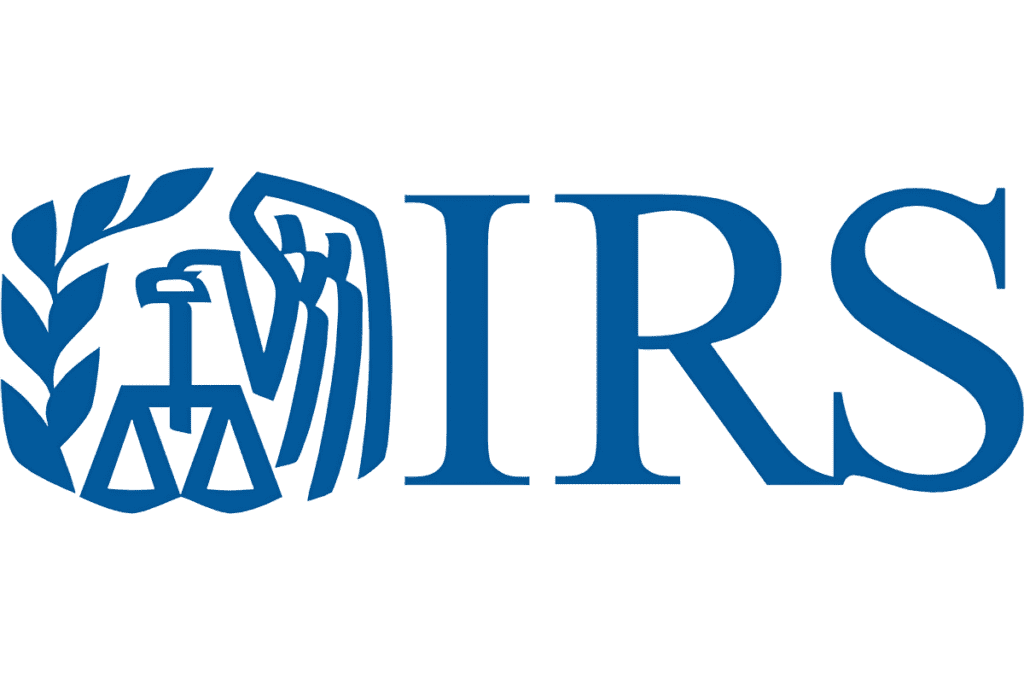The Internal Revenue Service (IRS) has announced its annual inflation adjustments for tax year 2025, detailing updates to over 60 tax provisions. These adjustments reflect changes in the cost of living and are set to impact taxpayers filing their 2025 income tax returns during the 2026 tax season. Key highlights include increases in standard deductions, tax brackets, tax credits, and limits on various benefits.
Key Adjustments for Tax Year 2025
1. Standard Deductions
- Single Filers/Married Filing Separately: $15,000 (up $400).
- Married Filing Jointly: $30,000 (up $800).
- Heads of Household: $22,500 (up $600).
These adjustments help reduce taxable income for many taxpayers.
2. Marginal Tax Rates
The top tax rate remains 37% for single filers earning more than $626,350 (or $751,600 for married couples filing jointly). Adjustments for lower brackets include:
- 35% for incomes over $250,525 ($501,050 for joint filers).
- 32%, 24%, 22%, 12%, and 10% for progressively lower income levels.
3. Tax Credits
- Earned Income Tax Credit (EITC): Maximum credit increases to $8,046 for families with three or more children, up from $7,830.
- Adoption Credit: Maximum credit rises to $17,280 for 2025, up from $16,810.
4. Health and Savings Adjustments
- Health Flexible Spending Accounts (FSAs): Salary reduction contributions capped at $3,300, with a carryover limit of $660.
- Medical Savings Accounts (MSAs):
- Self-Only Coverage: Deductible range increased to $2,850–$4,300, with a maximum out-of-pocket limit of $5,700.
- Family Coverage: Deductible range increased to $5,700–$8,550, with a maximum out-of-pocket limit of $10,500.
5. Foreign Earned Income Exclusion
This increases to $130,000, up from $126,500, benefiting expatriates.
6. Gift and Estate Tax
- Gift Tax Exclusion: Rises to $19,000 (up $1,000).
- Estate Tax Basic Exclusion: Increases to $13,990,000.
Items Remaining Unchanged
- Personal Exemptions: Continue to be set at zero, as per the Tax Cuts and Jobs Act of 2017.
- Itemized Deductions: No limitations, unchanged since 2018.
- Lifetime Learning Credit Phase-Out: Thresholds remain at $80,000 for individuals and $160,000 for joint filers.
Impacts and Benefits
For Taxpayers
- Increased standard deductions and EITC provide relief for middle- and lower-income households.
- Adjusted tax brackets ensure that inflation doesn’t push taxpayers into higher rates unnecessarily.
- Updated limits on medical accounts and flexible spending plans offer greater flexibility for health-related savings.
For Businesses
- Higher limits on transportation fringe benefits and adoption credits reduce tax burdens and support employee well-being.
For Expatriates and High Net-Worth Individuals
- The foreign income exclusion and estate tax adjustments offer benefits for Americans living abroad and those engaged in estate planning.
Conclusion
The IRS 2025 inflation adjustments aim to address the rising cost of living, offering relief and clarity to taxpayers and businesses. With these updates, taxpayers can better plan for the upcoming tax year and take advantage of benefits tailored to their financial situations.
Read more about IRS Issues Final Rules on Micro-Captive Transactions.
